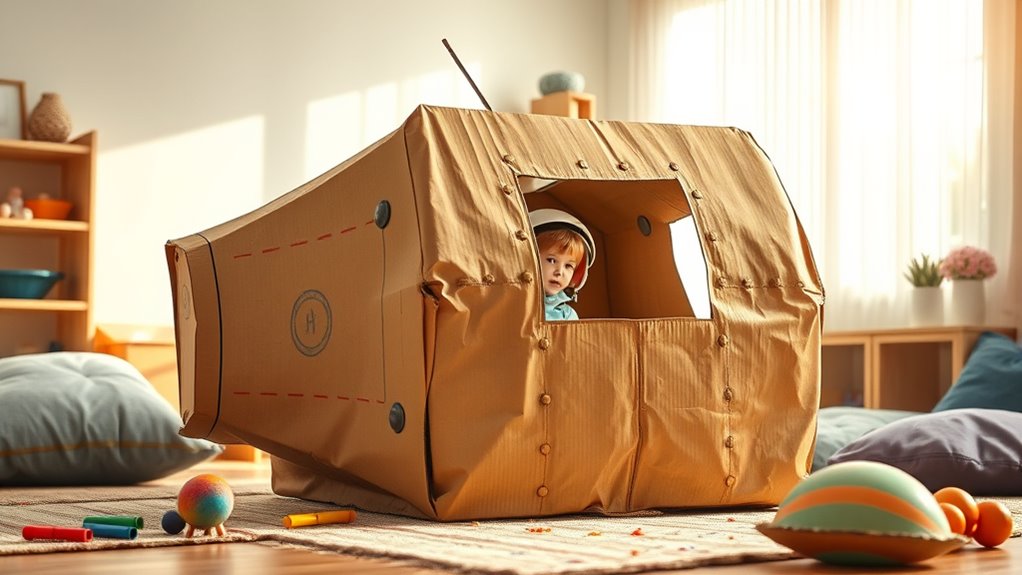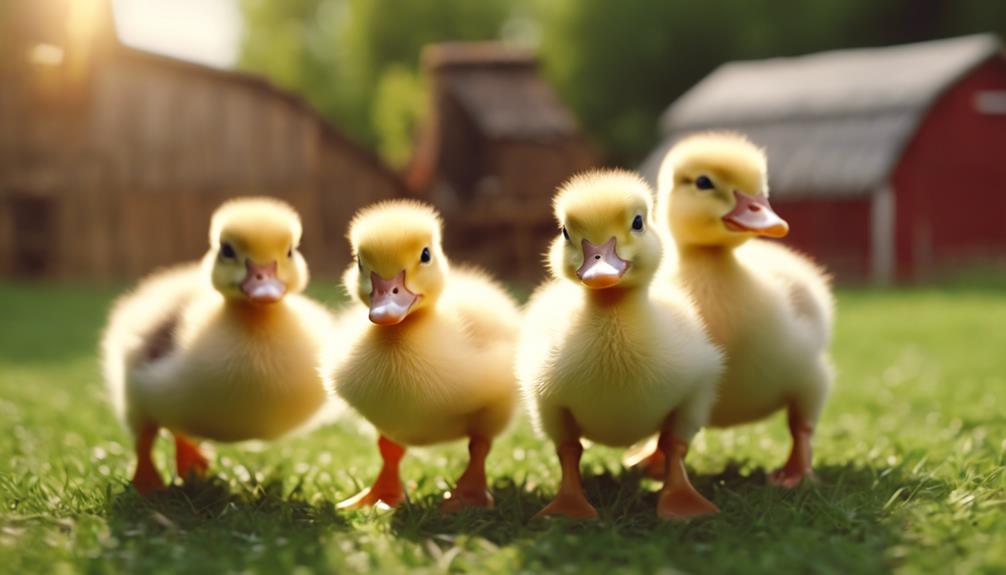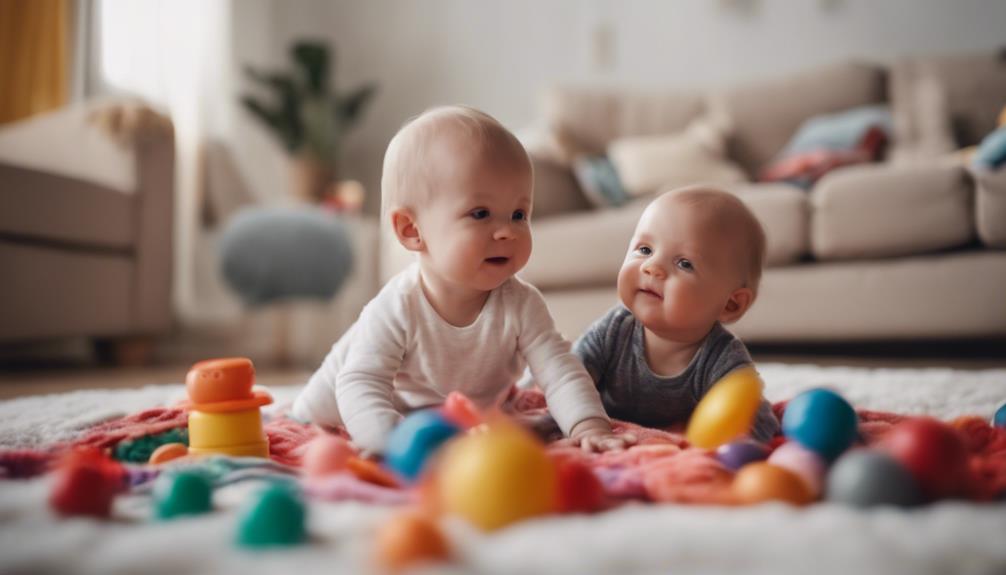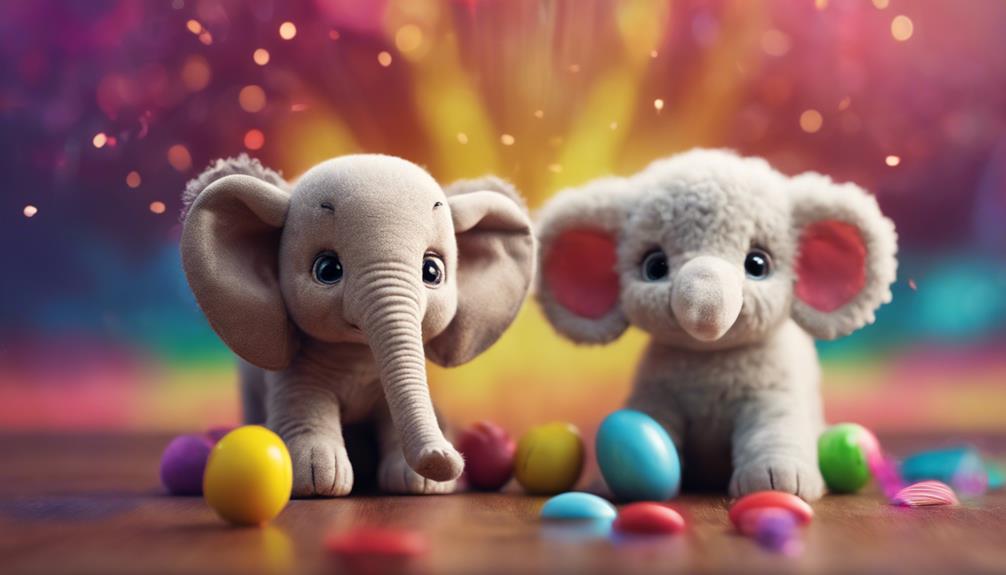Imaginative play turns a simple cardboard box into endless adventures by encouraging your child to tell stories, explore textures, and craft new worlds. They can transform it into a spaceship, castle, or pirate ship, fostering creativity, problem-solving, and emotional growth. Using their imagination and some basic decorations, they’ll develop language skills and gain confidence. Keep exploring ways to expand their play—there’s much more to uncover beyond the box.
Key Takeaways
- Encourage children to use their imagination to transform the box into various worlds like castles, ships, or rockets.
- Incorporate sensory activities such as decorating, cutting, or folding to enhance tactile engagement and creativity.
- Use storytelling to develop language skills by having children narrate adventures and describe characters within their cardboard creations.
- Support open-ended play by allowing children to experiment and personalize their cardboard structures, fostering problem-solving and confidence.
- Emphasize that simple materials like cardboard can unlock limitless imaginative adventures, promoting cognitive and emotional development.
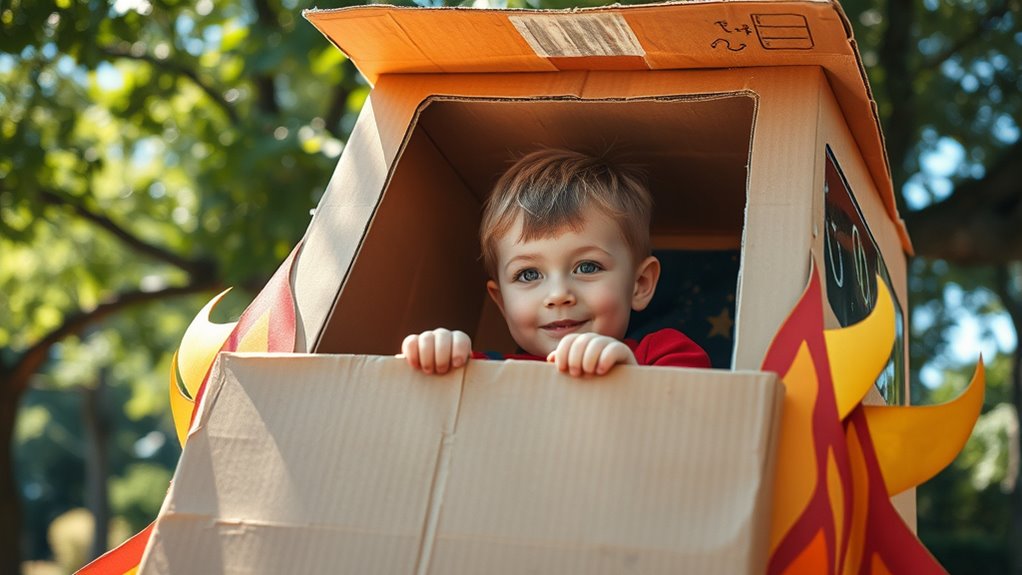
Have you ever wondered how children transform a simple object into an entire world? It’s a fascinating process, one driven by creative storytelling and sensory exploration. When your child takes a cardboard box and turns it into a spaceship, castle, or pirate ship, they’re doing more than just playing—they’re engaging in a rich form of imaginative play that fosters their development. As they invent stories and scenarios, they learn to think creatively, stretching the limits of their imagination. Their mind becomes a canvas where any fantastical idea can come to life, and their storytelling skills grow stronger with each new adventure.
Sensory exploration is also at the heart of this transformation. When kids handle the box, they notice its texture, shape, and weight, which helps them understand the physical properties of objects around them. They might cut, fold, or decorate the box, engaging their fine motor skills and enhancing tactile awareness. This hands-on involvement sparks their senses, making the play experience more immersive and meaningful. As they add crayons, stickers, or fabric to personalize their creation, they’re not only exercising their creativity but also sharpening their ability to focus and problem-solve. The sensory exploration involved in these activities encourages curiosity, helping children become more aware of their environment and more confident in experimenting with new ideas.
The beauty of turning a simple cardboard box into an adventure lies in its versatility. You don’t need fancy toys or elaborate setups; just an open mind and a willingness to let your child’s imagination run wild. Encourage them to narrate their story, describing what their character is feeling, seeing, or hearing inside their makeshift world. This practice of creative storytelling nurtures language skills and emotional intelligence, as they learn to express themselves and understand different perspectives. You can join in, asking questions or adding to their story, which helps deepen their engagement and sparks even more ideas.
Ultimately, this process doesn’t just entertain—it builds essential skills. It boosts creativity, enhances sensory awareness, and nurtures emotional growth—all through the simple act of transforming a cardboard box. When you support this kind of imaginative play, you’re giving your child a powerful tool to explore their world, develop confidence, and learn that the only limit is their imagination. So next time your child looks at a plain box, see it as an open door to endless adventures waiting to be discovered.
Frequently Asked Questions
What Are Some Safety Tips for DIY Cardboard Play Projects?
When creating DIY cardboard play projects, you should prioritize safety. First, smooth out any sharp edges with sandpaper or tape to prevent cuts. Make certain your structures are stable and secure to avoid collapse. Supervise children closely during play, and avoid using heavy or sharp tools. Always choose sturdy, undamaged cardboard, and reinforce weak spots. These tips help keep play fun and safe, minimizing risks of injury.
How Can I Encourage Shy Children to Participate in Imaginative Play?
To encourage shy children to participate in imaginative play, you can create a welcoming environment that builds confidence. Start with simple, low-pressure activities and offer gentle peer encouragement, highlighting their strengths. Use positive reinforcement and give them roles that make them feel safe and valued. Gradually, they’ll become more comfortable, engaging more actively. Remember, patience and understanding help shy children open up and enjoy the creative experience.
What Age Is Best Suited for Cardboard Box Adventures?
You might wonder what age is best suited for cardboard box adventures. Generally, they’re most age-appropriate for toddlers and preschoolers, aligning with their developmental stage of imaginative exploration. At this age, children love transforming simple objects into new worlds, boosting creativity and motor skills. You can encourage participation by offering safe, easy-to-manipulate boxes, ensuring it fits their developmental needs and keeps the experience fun and engaging.
How Can I Incorporate Educational Themes Into Play With Cardboard Boxes?
You can incorporate educational themes into play with cardboard boxes by encouraging learning through stories and STEM-inspired crafts. As you guide your child, suggest they imagine stories around the box, like building a spaceship or a castle. You can also introduce simple STEM activities, such as designing ramps or bridges, to develop problem-solving skills. This approach makes play both fun and educational, fostering creativity and critical thinking simultaneously.
Are There Eco-Friendly Ways to Dispose of or Recycle Used Cardboard?
You can explore eco-friendly disposal options for used cardboard by considering recycling options available in your area. Flatten the boxes to make recycling easier and guarantee they’re clean and dry. Many communities accept cardboard at curbside recycling, or you can take it to a local recycling center. If recycling isn’t an option, consider repurposing or donating the cardboard for creative projects or educational activities, reducing waste and promoting sustainability.
Conclusion
As you watch your child transform a simple cardboard box into a spaceship or castle, you realize that imagination turns the ordinary into extraordinary. Just like a seed needs nurturing to grow into a mighty tree, your child’s creativity blossoms with every adventure they dream up. Remember, fostering these moments helps build confidence and curiosity. So keep encouraging their play—because within those boxes lie endless worlds waiting to be discovered.

